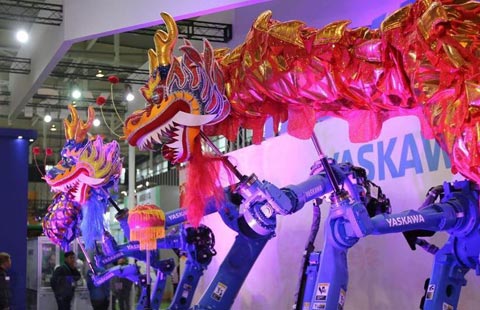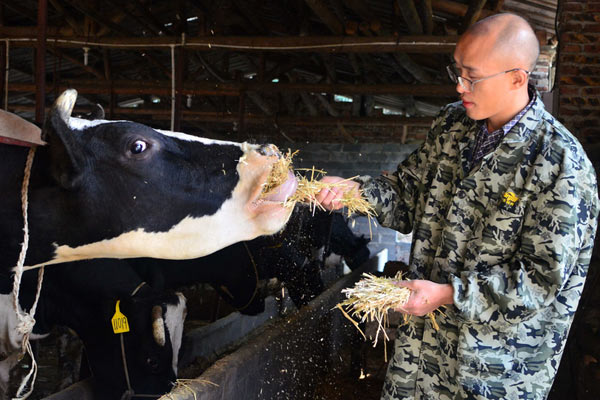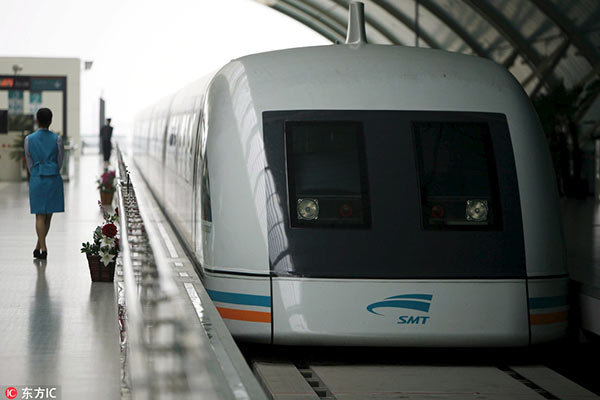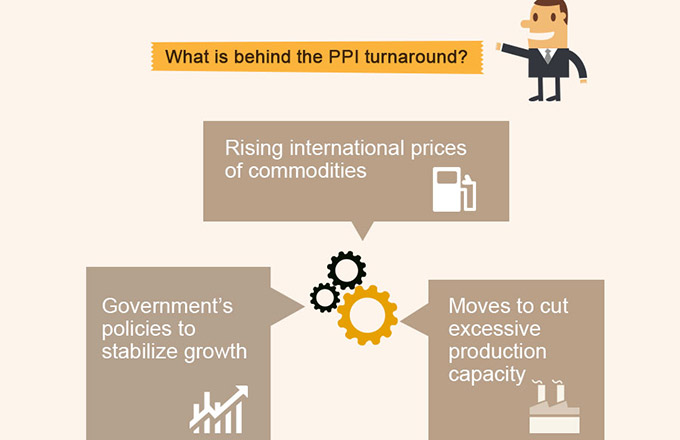China consumer prices up 2.3% in November

BEIJING - China's consumer price index (CPI), a main gauge of inflation, grew 2.3 percent year on year in November, up from October's 2.1 percent, the National Bureau of Statistics announced Frdiay.
On a month-on-month basis, the CPI rose 0.1 percent in November.
NBS statistician Sheng Guoqing attributed the stronger growth of inflation to higher food and fuel prices.
Vegetable prices jumped 5.5 percent month on month, as a cold weather front disrupted supplies, contributing 0.14 percentage points to the CPI growth.
On a year-on-year basis, vegetable prices soared 15.8 percent, compared with 13-percent increase in October.
Prices of petrol, diesel, gas, coal, water and electricity also increased last month, again due to the cold weather.
However, prices of fruit and pork continued to fall from October, down 2.2 percent and 1.9 percent.
In addition, tourism costs including flight prices dipped, as the winter is a low season for travel.
Since January 2016, CPI has been calculated using a new comparison base and included more products and services, while slightly reducing the weighting of food.
China's producer price index (PPI), which measures costs for goods at the factory gate, continued its growth by rising 1.5 percent year on year in November, the highest in 56 months.
Related Story:
China expected to be listed among high-income countries by 2022: expert from people.cn
Reform will boost the growth potential of China's economy, and China is expected to achieve GDP per capita of $12,600 in 2022, making it a high-income country, said Cai Fang, deputy director of the Chinese Academy of Social Science, Shanghai Securities News reported.
Cai made his remarks at a Dec 5 economics forum in Shanghai. He predicted that China's GDP growth rate would be between 6.2 and 6.7 percent during the 13th Five-Year Plan period. Zhu Baoliang, chief economist at the Economic Forecast Department of China's State Information Center, as well as Li Xunlei, a member of the Shanghai Finance Institute's Academic Committee, consider the GDP growth rate in 2016 to be 6.7 percent. The rate is projected to be 6.3 percent in 2017.
According to Zhu, China's economy has not yet reached its nadir; the second lowest level will emerge in 2018. Li pointed out that downward pressure will also be present in 2017.
China's economy is on an L-shaped trajectory in both the short term and long term, said Cai. The economic growth rate is declining due to a disappearance of demographic dividends. While the growth will not see a V-shaped rebound, reform can still improve it.
According to Cai, the long-term L-shaped trajectory is created by long-term reform dividends. For example, household registration system reform can improve the labor participation rate of non-agricultural industries, as well as the productivity rate of the supply side, enlarging consumption from the demand side.
Zhu pointed out that China's economic growth should focus on supply-side structural reform, to further reduce excess capacity, strengthen market means and risk prevention, and promote reforms in administrative and state-owned enterprises, including those related to finance, taxation, land and social security.

















